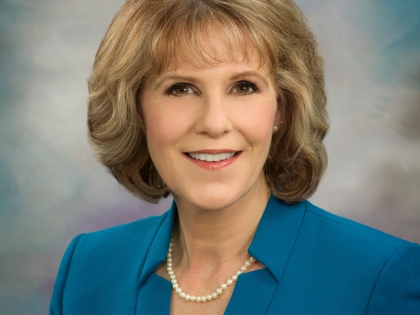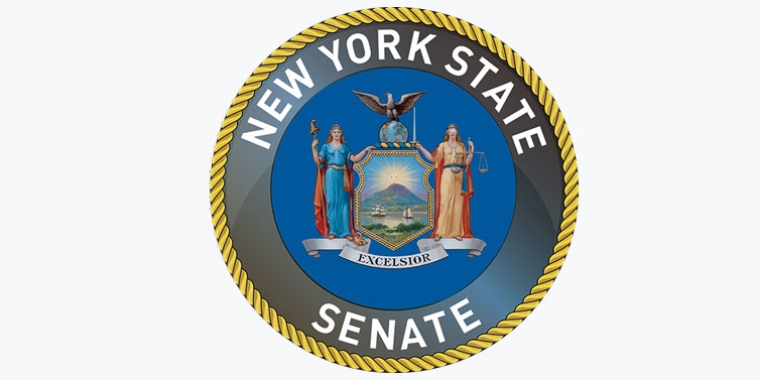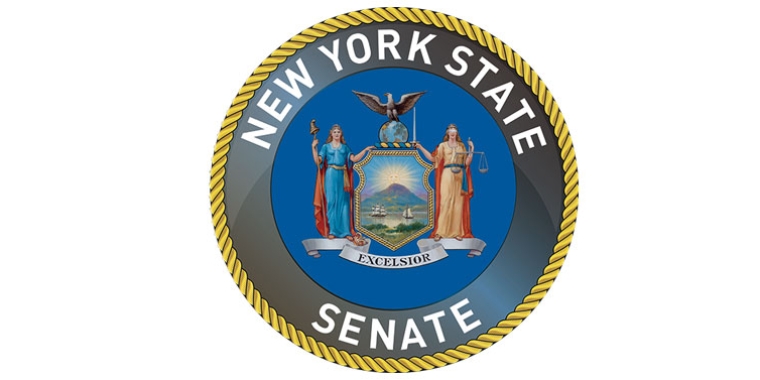
Senator Young Announces State Action To Combat Heroin and Opioid Abuse
June 17, 2016
ALBANY – Senator Catharine Young (R,C,I – 57th District) announced that the state has taken decisive action to combat the heroin and opioid crisis.
Last month the Senate’s Joint Task Force on Heroin and Opioid Addiction, on which Senator Young serves, advanced a legislative agenda to stem the tide of the ongoing public health crisis. The package, agreed upon by the Senate, Assembly and Governor, builds upon the recommendations put forward by the Task Force, to ensure better monitoring of prescription drugs, increased access to treatment, and support for individuals in recovery.
“Each day we see the devastating impact heroin and opioid addiction has on families and the community. Lives are lost and families struggle to get the help an addicted loved one needs. This package of bills will help turn the tide against the epidemic, and bring hope back to those who only see darkness,” said Senator Young.
“So many young people in our communities are battling against heroin and opioid addictions. It is with the memory of those who have lost their battle with addiction, and in support of those still battling their condition, that we put forth this proactive agenda. By better educating prescribers, offering new support services and improving insurance coverage, we can break the cycle of addiction, and prevent future cases,” Senator Young said.
The package of bills includes broad initiatives. The bills set limits to the number of opioid pills distributed per prescription, requires greater education for prescribers, vastly improves access for inpatient treatment and medication, and expands insurance coverage.
Highlights from the adopted legislation include:
Prevention:
- Continuing Education on Addiction and Pain Management for All Prescribers - Once every three-years, licensed prescribers will receive training in pain management, palliative care, and addiction. Prescribers will also need to complete three hours of coursework that will increase awareness regarding the risks presented by prescription opioids.
- Greater Education for Consumers: The state Office of Alcohol and Substance Abuse Services (OASAS), in consultation with the state Department of Health (DOH), will produce educational materials for pharmacies that describe to consumers the dangers of misuse and the potential for addiction to prescription drugs.
- A Seven Day Limit on Opioid Prescriptions: Overprescribing of medications is often highlighted as a catalyst for the current crisis. Initial prescriptions from authorized practitioners will now be limited to a seven day supply for certain opioids. Practitioners may then prescribe any appropriate renewal, refill, or new opioid or other prescription, after the initial seven-day supply.
- New Reporting Mechanism to Better Track Opioid Overdoses: DOH will expand its reporting of opioid overdose data by tracking the number of opioid overdoses in addition to the number of opioid overdose deaths. DOH also will be required to examine which areas of the state are experiencing higher rates of opioid overdoses and if any areas of the state have reduced overdose rates after receiving state resources or services. These vital statistics will then be sent to counties each quarter to provide a greater understanding of the communities struggling most with this crisis to help better allocate funding for prevention, treatment, and recovery services.
Treatment:
- Expanding Immediate Access to Inpatient Treatment Services By Ending Prior Insurance Authorization: Requires up to a minimum of 14 days of coverage for necessary inpatient treatment of Substance Use Disorder (SUD) without prior approval or concurrent Utilization Review (UR) during those 14 days for in-network providers.
- Lengthening the Amount of Time Families Can Seek Emergency Drug Treatment: The timeframe a person can be held to receive emergency services is expanded from 48 hours to 72 hours. An adequate discharge plan from a treatment facility is also required, providing individuals with the opportunity to seek further treatment. The bill also expands dissemination of information on the dangers of long-term substance use and treatment resources.
- Greater Number of Licensed Professionals to Administer Overdose Reversal Medicine: A limited exemption is provided from professional misconduct to administer an opioid antagonist in an emergency situation by licensed professionals who would otherwise be prohibited from administering drugs.
- Expanding Wraparound Services: OASAS is required to establish the Wraparound Services Demonstration Program, to prevent relapses after treatment. The program will provide adolescents and adults with services, including case management services that address education, legal, financial, social, and childcare needs, for up to nine months after the successful completion of a treatment program.
- Discharge Planning To Incorporate Follow-up Treatment: Hospitals will now provide patients with SUD referrals that incorporate SUD programs to ensure patients are made aware of treatment options upon discharge. Hospitals will also develop and distribute written policies and procedures and train personnel who are in direct clinical contact with SUD patients so that they are better equipped to identify, assess, and refer individuals. The bill also requires OASAS, in consultation with DOH, to develop new or utilize existing educational materials for hospitals to distribute to patients who are confirmed to be suffering from SUD or appear to be suffering from SUD.
Expanding Insurance Coverage for Addiction Treatment:
- Establishes Consistent Criteria To Determine the Medically Necessary Treatment: Regardless of what diagnostic tool is used to determine treatment service, providers will now determine the most appropriate level of care for a patient with a substance abuse disorder. Providers could use either OASAS’s Level of Care for Alcohol and Drug Treatment Referral (LOCADTR) or any other diagnostic tool approved by OASAS – increasing the ability of providers to make sure that patients are able to receive the treatment they need.
- Authorizes Emergency Substance Use Disorder Medication Coverage: Requires insurance to cover, without prior authorization, an emergency five-day supply of medications related to the treatment of a substance use disorder in connection with an emergency condition. Copayments or coinsurance collected for the emergency supply also must not exceed the copayment or coinsurance otherwise applicable to a 30-day supply of such medication.
- Increases Access to Naloxone/Opioid Reversal Medication Coverage: Requires insurance coverage for Naloxone or other overdose reversal medication, whether it is prescribed to a person who is addicted to opioids or their family member covered under the same insurance plan.
- Removes Prior Authorization Requirements for Buprenorphine and Vivitrol: Eliminates requirements for prior Medicaid authorization for Buprenorphine and Vivitrol prescriptions – drugs that are used in medication-assisted treatment for opioid addiction.
“This package is a significant step in the right direction toward ending the plague on our communities. I am proud that my colleagues and I could lead the efforts to truly help New Yorkers who suffer from addiction, and their families,” said Senator Young.


